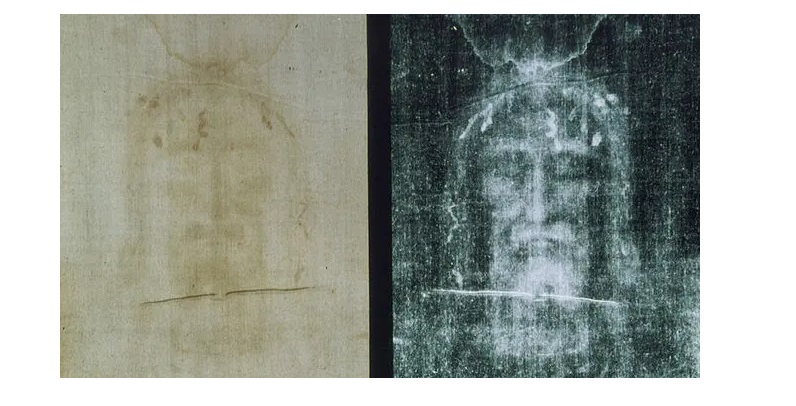The Museum of the Bible has unveiled a new exhibit that features one of the world’s most studied, analyzed and controversial cloths, the Shroud of Turin. The exhibit Mystery and Faith: The Shroud of Turin, will feature a full-size replica of the shroud.
The shroud is an ancient linen cloth that some believe wrapped the body of Christ after he was crucified and placed in a tomb before his resurrection. It bears the image of a man with wounds consistent with crucifixion. Many people use the data from the 1978 STURP tests as further proof that the shroud is an authentic relic from biblical history.
Scientists spent two years preparing tests that would provide a large amount of data, including defining the scientific properties of the image on the shroud. The Vatican has previously stated the results found in the study constitute the official scientific data, and they do not plan to allow any further testing.
The shroud exhibit will take visitors through the history and impact of the historical cloth. Shroud exhibitions have been drawing millions of visitors throughout history, and the museum expects to see large crowds for “the first viral image” of Jesus Christ.
The shroud in the exhibit is, of course, a replica of the original shroud. The original shroud has been on display in the royal chapel of the cathedral of San Giovanni Battista in Turin, Italy, since 1578. The replica was made without using chemicals by raising flax plants. Thread from the plants was then spun to imitate thread from medieval times. The replica fabric pattern copied that of the shroud, and the process was completed by using a laser to print the image on the shroud.
While the exhibit lasts through summer, this is an extremely powerful experience during lent that visitors won’t want to miss as they witness first-hand the image of a beaten and crucified man. The museum’s associate curate Brian Hyland describes the image as representing the “passion, death and resurrection of Jesus.”
Museum visitors will explore five sections of the exhibit. The first exhibit will walk guests through understanding the shroud and its’ importance to faith and associated key terms. The second section is interactive and focuses on displaying the shroud as a ‘mirror of the Gospel.’ Visitors will use a touch table to touch wounds on the shroud, which will activate a sound recording of a related passage from the Gospel. Some sensors across the table will have multiple passages playing, while some will relate the marks on the shroud to fire and water damage throughout history.
Visitors will move to the third section, which tells the history of the shroud ownership. The shroud has had three owners, including the de Charny family, the House of Savoy, and the popes. The exhibit will guide viewers through a hypothetical quest from the first century Judea to the 14th century, when the shroud was first discovered.
The fourth section examines all of the scientific research on the shroud. Technology has been vital in understanding the underlying properties of the shroud, starting with the first photographs taken in 1898.
At last, in the final exhibit, visitors are encouraged to write their thoughts down about the shroud and hang them for others to see. The exhibit will leave people with many thoughts and questions, and the final section provides a place where they can process everything.
While the story of the shroud of Turin has remained the same for decades, the museum hopes to offer visitors a unique experience. They hope that visitors will gain a deeper understanding of Jesus’ suffering and also a greater appreciation for their faith.
